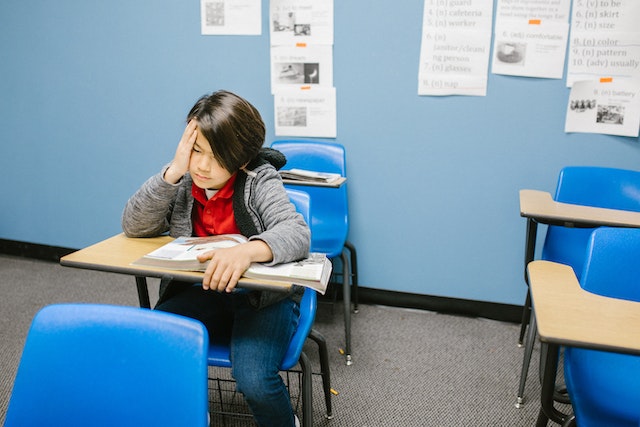The COVID-19 pandemic had a profound impact on student mental health, exacerbating existing challenges and introducing new ones. Children faced disruptions in their daily routines, isolation from peers, and the abrupt shift to remote learning. All of these changes contributed to heightened stress, anxiety, and feelings of uncertainty. In a study published in Child and Adolescent Psychiatric Clinics of North America, researchers asked students about their anxiety during the pandemic. According to this study, “more than one in four children report[ed] sleep problems due to worries, feeling unhappy, and anxious.” Social isolation, a lack of in-person support from teachers and friends, and the inability to engage in typical activities also worsened student mental health. Similar conditions, however, exist for students over the summer break. Therefore, students also face increased challenges with mental health over the summer. At the start of the school year, educators and administrators must find ways to help student mental health.
How Summer Break Affects Student Mental Health
In an article in Education Week, Caitlyn Meisner discusses the ongoing challenges students face with mental health. Meisner writes that student mental health can worsen during the summer break. During summer break, students lack the structure of a school environment and access to counselors. Meisner speaks with Clark Goldstein, a clinical psychologist, who highlights that schools typically offer services for only a nine- to ten-month period, leaving a risk of regression during the summer. This concern is especially pertinent given the increasing rates of anxiety and depression among children due to the pandemic. To address these issues, Goldstein emphasizes the importance of collaboration between schools, families, and educators. Juan Trevino, Daybreak Health’s national clinical coordinator, stresses the role of schools and educators in recognizing changes in students’ mental health. Trevino also advocates for constant communication between all stakeholders to prevent regression.
Student Mental Health and the Back-to-School Transition
In Education Week, Meisner also discussed strategies for easing the back-to-school transition. For instance, schools need to acknowledge the changes students may have experienced over the summer. Schools can accommodate these changes by setting clear behavioral expectations early in the school year. Additionally, Meisner highlights the importance of routines and structured activities for children’s well-being. This is especially important, Meisner writes, for students with anxiety disorders. Lastly, Meisner recommends one-on-one meetings between teachers and students to assess student mental health needs. Schools should focus on collaborative efforts, supporting students while giving educators the tools they need.
Educational Technology Can Improve Student Mental Health
When it comes to monitoring and addressing student mental health, technology is key. . When installed on school computers, screen monitoring software like LearnSafe is an excellent tool to support student welfare. Learnsafe can detect mentions of depression, suicidal ideation, and self-harm. This allows schools to provide individual students with the resources and help they need. For instance, in one case, LearnSafe’s Digital Safety Representatives detected a student expressing intentions of self-harm. The representatives quickly notified the school safety team, who were able to provide this student with the help they needed. LearnSafe also offers tele-health services to help schools help students. With LearnSafe, schools can protect their students’ wellbeing – and even save lives.


